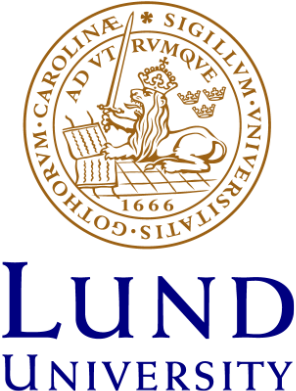Changes in numbers and distribution of wintering Long-tailed Duck Clangula hyemalis in Baltic offshore waters
Regular midwinter counts of waterfowl (included in theInternational Midwinter Counts, IWC, organized by whatis now Wetlands International) has been undertaken inSweden since the start in 1967 and are still going on,now as a part of the National Environmental MonitoringProgramme. After the first exploratory years includingcountry-wide surveys in 1971–1973 undertaken bothfrom the ground, the air and
